Faster than a speeding bullet … (okay, faster than a Porsche 911) … able to stop speeding bullets and then tow trailers with minimal range loss. When Tesla CEO Elon Musk handed over the keys to the first production Cybertruck last November, he made lots of jaw-dropping claims about the all-electric pickup. But can it live up to the hype? Maybe not, according to some recent reports.
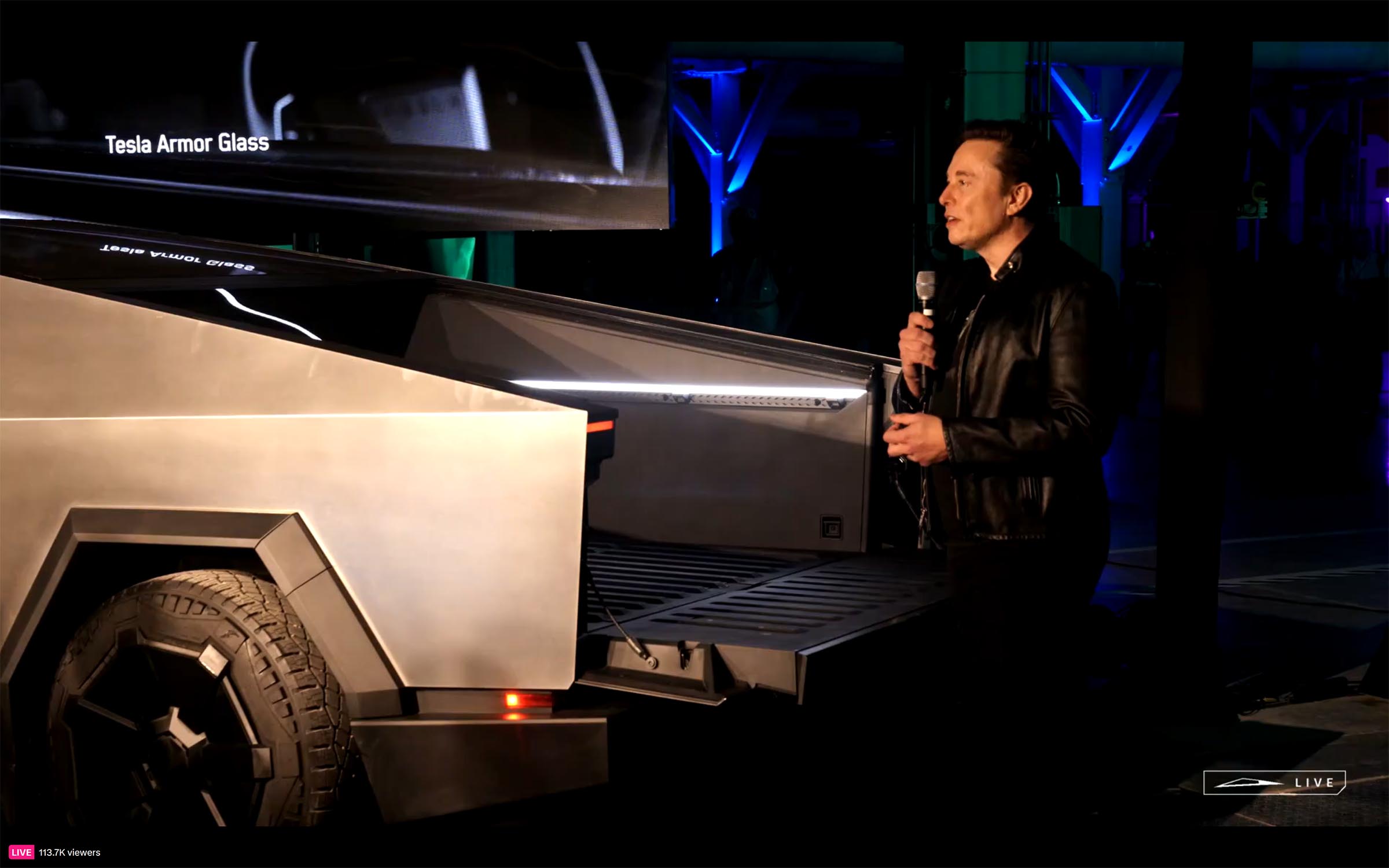
Tesla CEO Elon Musk made some big claims for Cybertruck during an event at the automaker’s Texas factory last November.
Few new products have generated more controversy in recent years than the Tesla Cybertruck. To start with, there’s its brutish, slab-sided design and plenty of questions about its actual functionality. On the other hand, we heard some impressive claims about the electric pickup’s capabilities nearly two months ago when Tesla CEO personally delivered the first Cybertrucks to a dozen pickups.
Among other things, Musk ran a video showing how the EV could outrun a Porsche 911 on a quarter-mile dragstrip — while towing a dragstrip. And he made bold promises about range, even when towing. That’s proven to be a weakness for competing EV pickups like the Ford F-150 Lightning.
The question is whether the Cybertruck lives up to the hype? A closer look raises some serious questions, as we and some of our Web colleagues have begun pointing out.
The dragstrip
One of the most compelling videos Musk presented during his November presentation was Cybertruck’s ability to outrun a Porsche 911 on a quarter-mile dragstrip. We already know that electric motors make peak torque the moment they start spinning while internal combustion engines need to rev up. Still, this would seem an impressive feat, especially with the Cybertruck hauling another 911.
According to Musk, the tri-motor Cybertruck launched from 0-60 in just 2.6 seconds, and finished the quarter-mile in just 11 seconds. But questions began being raised immediately. For one thing, it didn’t appear to be an apples-to-apples comparison, Tesla using the top-line, $99,990 version of the Cybertruck while comparing it to one of the less powerful Porsche 911 packages. It might have been very different race putting the EV up against a GT3.
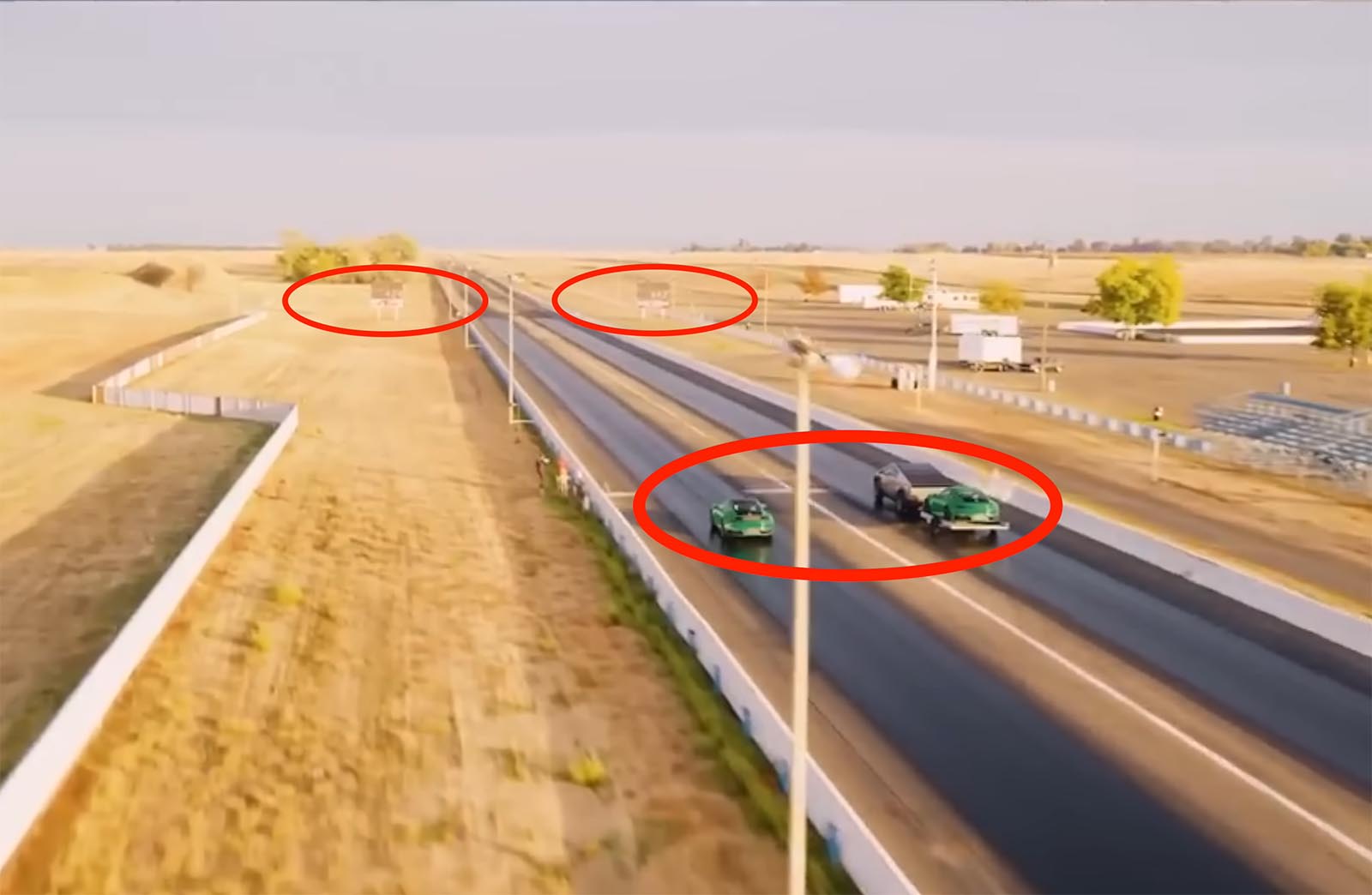
Another look at the video presented by Tesla suggests the “victory” shot wasn’t actually taken at the finish line. The Porsche likely would have won at the quarter-mile.
But the bigger concern is what we see when we check out a YouTube video from Engineering Explained. A close inspection by the channel’s host, Jason Fenske, reveals that Tesla’s own video shows it eking out victory not at the end of the quarter-mile, but at only half that distance. If Fenske is right, the dramatic win was shot “halfway to the timing boards” that are normally positioned at any dragstrip’s quarter-mile finish line. Fenske took some other measurements that also appear to back up his claim.
More Tesla News
- Tesla recalls 2 million EVs to fix faulty Autopilot
- Tesla sets annual sales target — but China’s BYD beats it in Q4
- Tesla drops range estimates for most of its products
Range expectations
When Cybertruck was first rolled out in November 2019, Musk made a number of bold promises, among other things saying it will deliver up to 500 miles range per charge. According to the Tesla website, the models now on sale can yield only a maximum 340 miles with the all-wheel-drive configuration and as little as 250 miles with the rear-drive package.
But Tesla range claims have come under increasing scrutiny, even the U.S. Department of Justice is reportedly taking a closer look. And, as the EPA cracks down on exaggerated claims, Tesla recently downgraded the range ratings of virtually all of its other products.
Another YouTube host, Kyle Connor, put Cybertruck to the test by pushing a fully charged, dual-motor model to the limits. He livestreamed his entire five-hour run and managed to get just 254 miles before the battery was drained, not the promised 320 miles. The test, shown on the Out of Spec Motoring channel was not conducted to EPA standards, of course, and it was a reported 45 degrees out, which could have impacted range.
But a separate — again, unscientific — test on the Cybertruck Owners Club forum wasn’t any more impressive, an owner starting out with an 84% charge managing just 111 miles while pulling a trailer carrying a Tesla Model 3 weighing in at 6,000 pounds. A second test managed only 87 miles.
The carrot test
This test ran on TikTok but was equally disconcerting as it raised the chilling prospect of having a finger nipped off by a Cybertruck frunk lid.
In this case, host Anthony Chianese aimed to see how well the frunk’s pressure sensor worked to detect an obstacle — such as a child’s hang — when closing. Most modern vehicles use such censors on windows, power trunks and frunks and, if they sense something blocking closure they will stop and then open back up.
According to Chianese, there is no obstacle sensor on Cybertruck’s frunk. Several tests showed the lid cutting through carrots — meant to serve as an alternative to his own fingers — like butter.
Safety concerns
Musk also focused on the promised safety of the Cybertruck during his November presentation. But can it really live up to the hype here? Another video showed how the pickup’s stainless steel body stopped a series of shots from what was claimed to be a semi-automatic rifle using 9mm ammunition. Seemingly impressive, though we’re waiting for the test to be repeated independently.
Meanwhile, it appears Tesla made sure not to face the embarrassment that occurred four years earlier when a Cybertruck’s supposedly unbreakable windows were smashed by a steel ball thrown by design chief Luc Donckerwolke. This time, he lobbed a hardball at the glass far less aggressively. And, curiously, the ball then bounced high when it hit the floor raising questions about whether it was really a regulation hardball.
Disconcerting crash test
Plenty of questions have been raised about what happens to Cybertruck in a crash, especially as it appears the rear suspension shears off in an impact test. But what concerns many safety advocates is another bold statement made by Musk during this past November’s rollout. “If you’re ever in an argument with another car you will win,” Musk proclaimed,
Reuters noted the concerns of Julia Griswold, director of the University of California, Berkeley’s Safe Transportation Research Center. She said she was “alarmed” by the crash test videos Tesla posted. She said the heavy weight of the trucks and their high acceleration “raise red flags for non-occupants,” another way of saying passengers in other vehicles, as well as pedestrians and bicyclists.
Headlight.News has reached out to Tesla for comment. The automaker has so far failed to reply. It typically does not, Tesla having closed down its media relations department several years ago.



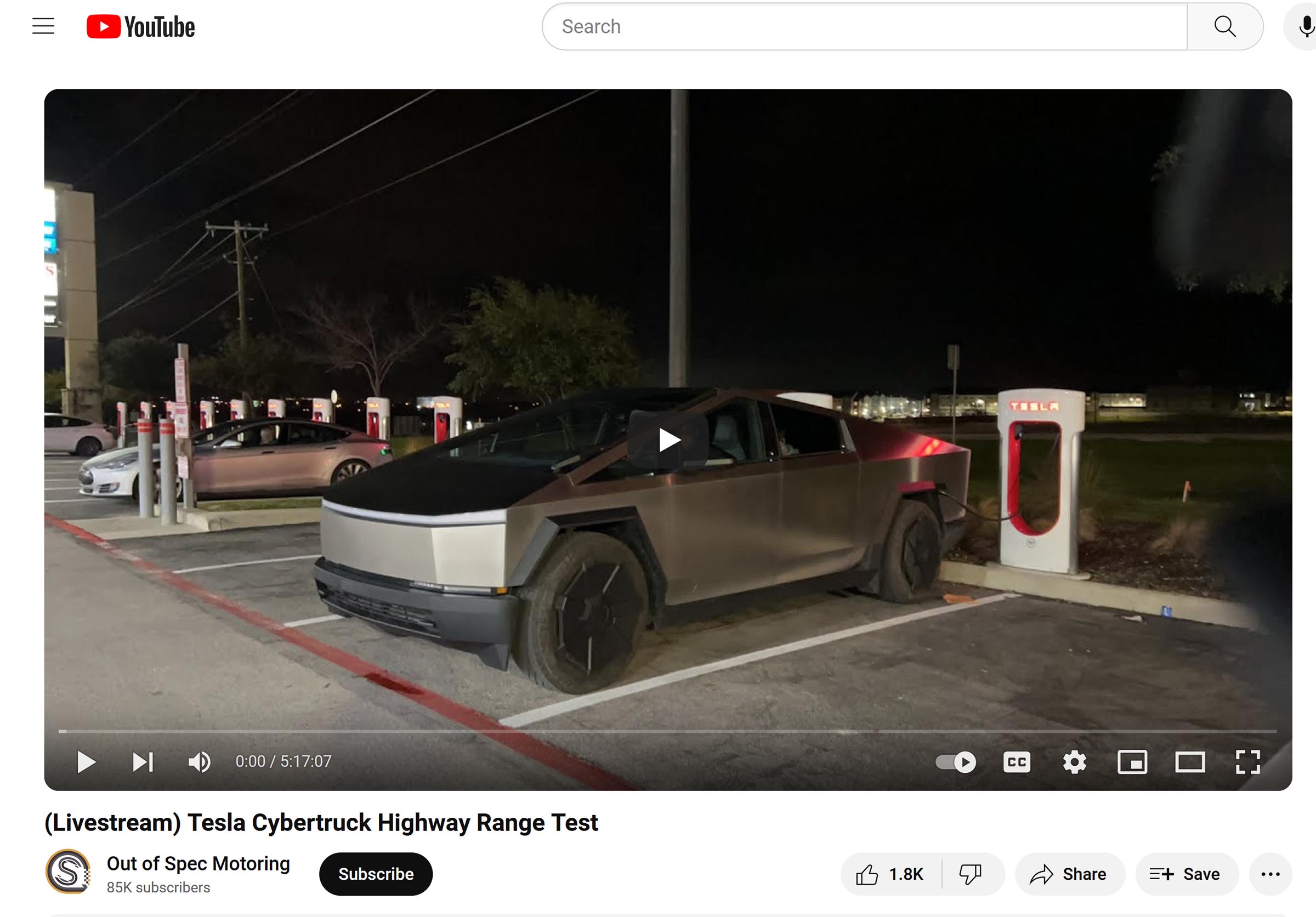

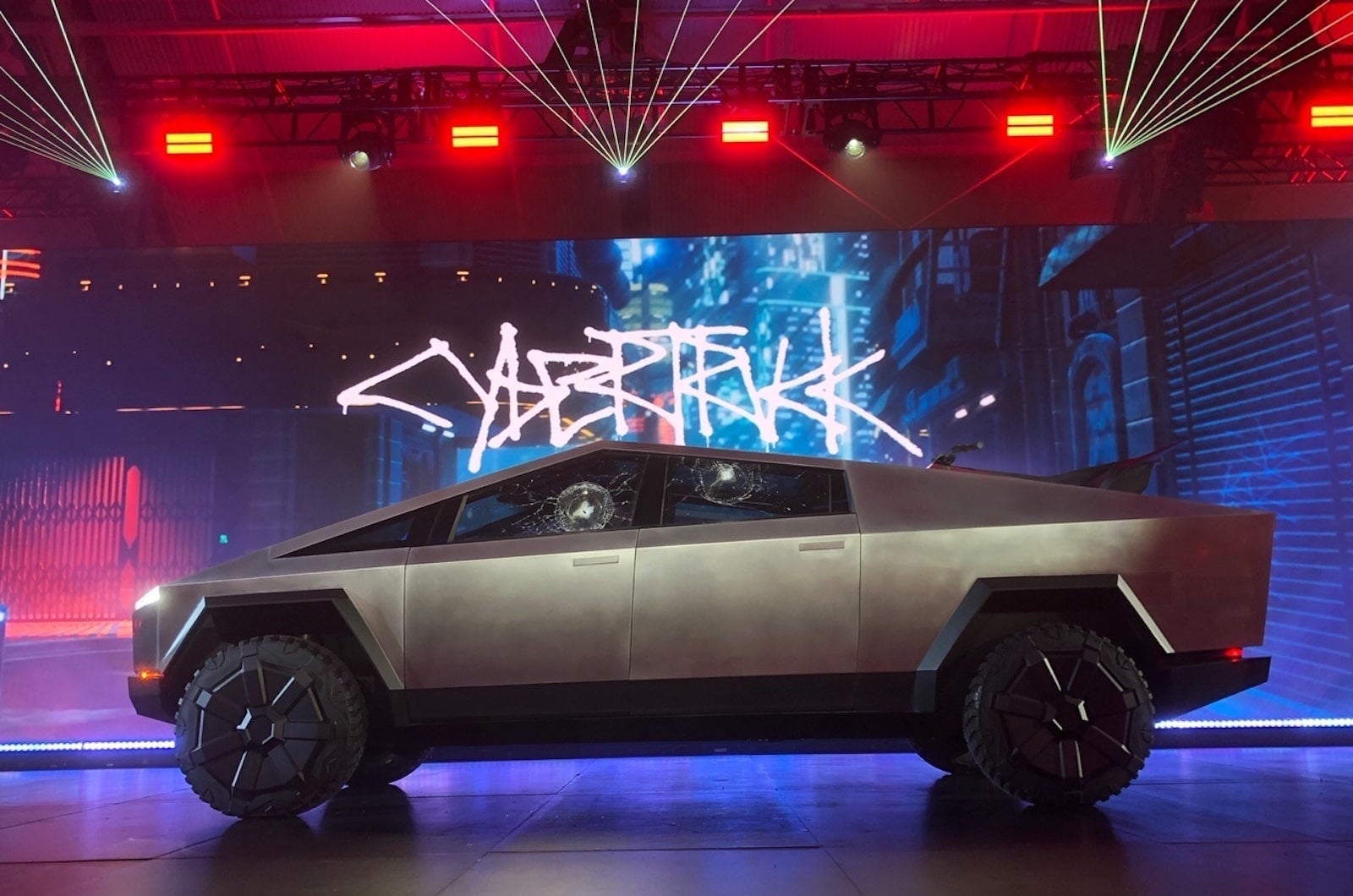

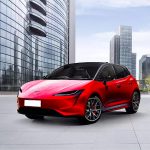
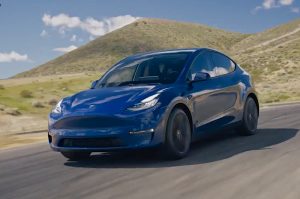

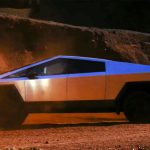
I am simply shocked that something Elon Musk says has turned out not to be true.